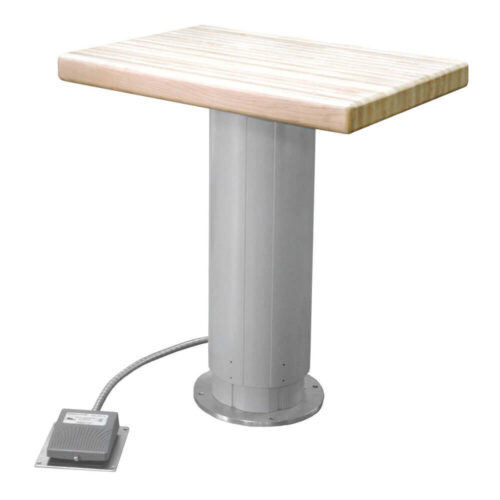From the towering infrastructure of our megacities to the resonant hum of our industrial centers, vertical transportation is a thread that ties them all together. At the heart of this movement are lift systems, elevators, and hoists-silent engines that keep our modern world moving, quite literally, upward.
But lift technology is not just about moving between floors; it’s a barometer of human ambition and innovation. In this post, we will explore the latest trends in a lift system.
Hydraulic Lifts
Hydraulic lifts are elevators that use hydraulic fluid to power their movements. This lift system has been around for decades and is commonly used in low-rise buildings. However, with the advancements in engineering, hydraulic lifts can now reach greater heights and carry heavier loads.
One trend in hydraulic lift systems is the increased focus on energy efficiency. With concerns about sustainability and environmental impact, many manufacturers are developing hydraulic lifts that use less energy and reduce carbon emissions.
Cable-Based Lifts
Cable-based lifts, also known as traction elevators, use steel cables to move the elevator car up and down. These lifts are commonly found in high-rise buildings because they can reach greater heights.
One trend in cable-based lifts is using advanced materials for the cables. Traditional steel cables are being replaced with ultra-strong materials like carbon fiber and Kevlar, which are lighter and more durable than steel.
Telescopic Lift
A telescopic lift is a type of hoist that uses a series of stacked platforms to reach high-rise buildings. These lifts are commonly used in construction sites and tall structures like bridges and skyscrapers.
One trend in telescopic lifts is the use of automation technology. Advances in robotics and artificial intelligence are leading many manufacturers to develop telescopic lifts.
Inclined Lifts
Inclined lifts, also known as funiculars, are a type of lift system that follows an inclined path rather than moving vertically. These robots are used in hills or to move goods between buildings.
One trend in inclined lifts is the integration of smart technology. Many inclined lifts now have sensors and control systems. They monitor performance, find issues, and optimize the lift’s movements.
Magnetic Levitation Lifts
Magnetic levitation, or maglev lifts, represent the cutting edge of elevator technology. They use potent magnets to lift and move the elevator car. These systems offer a smooth, frictionless ride.
Maglev lifts can reach faster speeds than traditional ones. They can move up and sideways.
One trend in maglev lift technology is the push for more sustainability and energy efficiency. Maglev systems are more efficient than conventional elevators. They do this by eliminating the need for lots of mechanical energy to overcome friction.
Vacuum Lifts
Vacuum lifts are an innovative addition to vertical transportation systems. They operate on the principle of air pressure difference to move the elevator car. These lifts are currently being used in a limited capacity but have potential for growth in the future.
One trend in vacuum lifts is their potential use for supersonic travel. Recent vacuum lift technology has led to speculation. Some think it could transport passengers at very high speeds. This might considerably cut travel time between cities and countries.
Understanding Different Types of Lift System
These are just some of the latest trends in lift systems. We can expect more innovations in this vital part of modern infrastructure. A lift system is not just a way to move between floors; it’s a symbol of progress, pushing the boundaries of what we thought was possible and shaping our ever-evolving world.
Want to learn more? Visit our website and read more.









